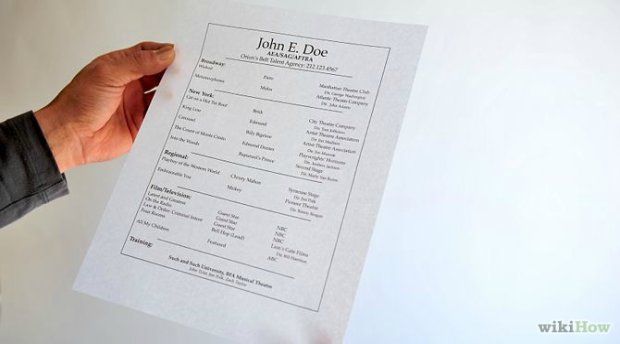Creating a Compelling Summary Statement
Post Views 5Every time I do a resume writing workshop, a hand goes up and the person attached to it says, “Please tell us what to say in the objective.”
Inevitably, the attendees’ mouths drop when I tell them that they should leave out the objective altogether. “It takes up valuable real estate on your resume,” I say. They are, of course, incredulous at the mere thought – and you probably are, too, right?
But how many times have you seen a resume that has at the top huge capital letters saying, “OBJECTIVE,” with the words, “To make a solid contribution to a growing company” underneath? What does that really mean? Probably that we have all been reading the same “how-to” book, and copied the objective because we were unsure of exactly what to say.
An objective doesn’t really do much except tell a potential employer what they can do for you, when all they are really interested in is what you can do for them. So, I tell my clients to opt for a more targeted, sales-oriented summary statement.
Don’t get me wrong – you still need to tell a potential employer exactly what kind of position you’re after. I’m merely suggesting that you target and revise it, then include it as part of your summary statement.
What should go into a well-crafted summary statement? For starters, you need to identify yourself. This is the sentence about who you are and what you want (formerly the objective). But it should go one step further: You should also say something about the type of environment you want most to work in.
What else should you put in? Here’s a quick list:
- A brief sentence about the one thing you do best.
- An adjective or two describing your best attributes.
- Your degrees and education (they don’t need a separate heading as long as you’re not looking for an academic job; if you are, you should have a separate heading for these).
- The number of years you’ve worked in your chosen field.
Here’s an example of a good summary statement:
“Senior-level business banking professional with nearly 30 years of career progression. Best at sorting through all of the dilemmas and issues concerning commercial customers and isolating the core problem to build intelligent action plans. Consistent star performer and tireless business builder; mentor to colleagues. Customers advocate with a commitment to excellence through laser vision and reliance upon an extensive network. BS in Industrial Management, The University of Akron, 1969.” And then this client’s special certifications were listed.
Whew! If I’m in the banking industry, do I want to hire this guy? You can bet I’m at least interested in talking to him. It’s clear from his summary that he knows his strengths quite well, and that’s appealing to any potential employer. The guesswork usually involved at the resume stage is eliminated for the potential employer, and that makes his or her job easier – a godsend when you are wading through a stack of 150 resumes for one position.
Finally, what do you call your summary statement? Well, how about “Summary?” You don’t need to get fancy here. The simpler and more straightforward, the better.
Creating a Compelling Summary Statement by Granted Contributor



 Resume Writing for Beginners
Resume Writing for Beginners  Top 4 Things Losers Do on Their Résumés
Top 4 Things Losers Do on Their Résumés  What Goes into a Medical Resume?
What Goes into a Medical Resume?  Top 13 Skills to Have on Your Resume
Top 13 Skills to Have on Your Resume  Make Your Cover Letters Relevant and Brief
Make Your Cover Letters Relevant and Brief  How to Add Accomplishments to Your Resume
How to Add Accomplishments to Your Resume  Write a Cover Letter for Your Resume
Write a Cover Letter for Your Resume  Open and End Cover Letters on a Strong Note
Open and End Cover Letters on a Strong Note